When increasing overall protein consumption, it’s important to focus on those little additions rather than just increasing the portion size of chicken or beef. There are many products available these days that make reaching a higher protein intake a lot easier (and healthier). Here are my top grocery list staples to increase protein content that aren’t meat.
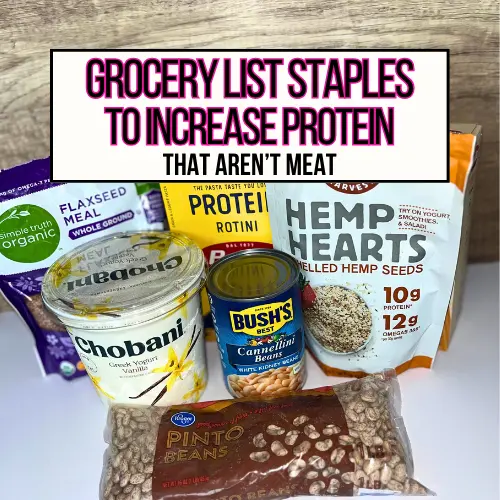
The benefits of a higher protein diet are well-documented in research and it’s a very popular topic on social media. Not only is protein involved in numerous important bodily processes, but most experts agree that it is the key macronutrient to promote positive changes in body composition.
Out of all the macronutrients, it takes the longest to digest. To put it simply: protein helps slow down the digestion of our food. This results in keeping us fuller for longer and prevents large spikes in blood sugar!
Prioritizing protein helps to preserve lean muscle mass when in a calorie deficit. This, then, helps our metabolism and overall long-term weight management!
So here are my top tips to increasing protein intake without increasing meat consumption greater than the recommended 3-4 ounce serving size. This will help those who are following a more plant-based diet as well, which has been associated with lower body weight and reduced risk of chronic diseases.
For More Resources on Increasing Protein Intake:
— How to Reach 120 Grams of Protein Per Day (with Meal Plan)
— 120 Grams of Protein Vegetarian Meal Plan
— 20+ Recipes High in Protein and Fiber
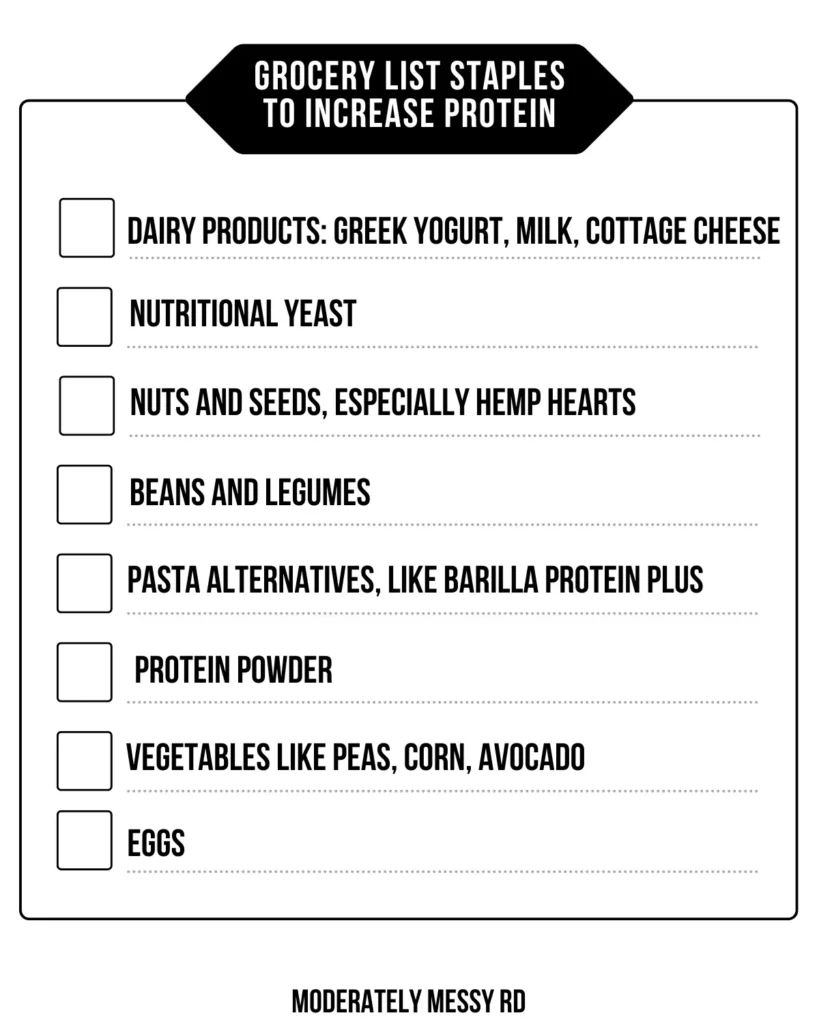
Dairy Products
Most dairy products are complete proteins, containing adequate amounts of essential amino acids which our body cannot produce. I’ve broken them down into categories with my best tips to increase protein with these products.
Cottage Cheese and Greek Yogurt
A 1/2 cup serving of Greek yogurt contains 14 grams of complete protein. Cottage cheese has a similar nutritional profile. Just making a Greek yogurt parfait or cottage cheese bowl is an easy way to increase overall protein intake, however, both products are so versatile.
Throw them into overnight oats, sauces, dips, smoothies or oatmeal. Use either as a replacement for sour cream on baked potatoes, soups, burritos, or casseroles. There are even recipes to make high protein flatbreads with cottage cheese (see below). The sky is the limit here – just increase your awareness of the benefits of these products and use them when it makes sense.
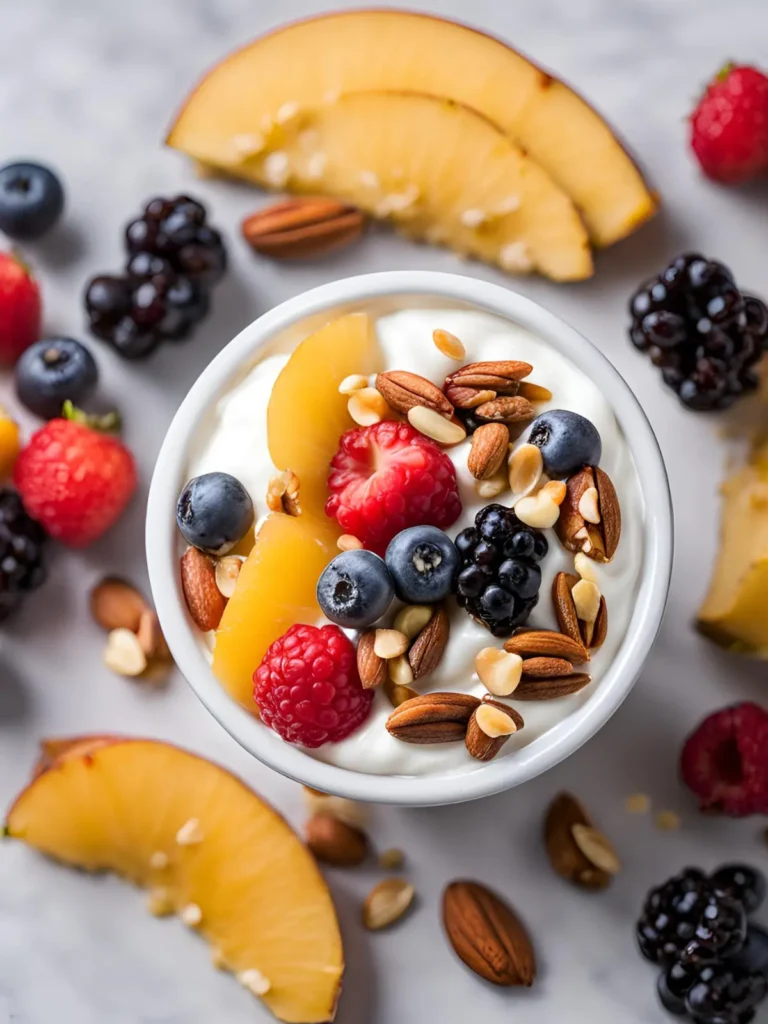
Greek yogurt also contains live, active cultures that can improve the composition of your gut microbiome. This, however, is only if you don’t heat it – as cooking will destroy all that good bacteria.
For more ideas:
— 21+ Cottage Cheese Recipes
— Cottage Cheese Flatbread
— 20+ Delicious and Easy Overnight Oats Recipes
Milk
One cup of skim milk has about 8 grams of protein. There is even Fairlife milk, which has 13 grams of protein per one cup! Adding a glass of milk to one of your meals or even in a bowl of cereal is an easy option to increase protein with meals and snacks.
Cheese and/or Nutritional Yeast
Nutritional yeast is an underrated vegan ingredient with 6 grams of protein in just two tablespoons. It’s extremely nutrient-dense and packed with B vitamins. The nutty, cheesy flavor works well as a substitute for cheese in soups, pasta, salads and even roasted vegetables.
Cheese provides additional protein as well but with a little more calories and less additional nutrients.
Eggs
While not really a dairy product, I included it in this category anyways! One egg contains just 6 grams of protein but can be combined with these grocery list staples to create a high protein meal. For example, you could make a Greek yogurt egg salad and significantly increase your protein intake without any meat!
Eggs are also one of the best food sources of vitamin D, a nutrient most are not getting enough of – especially in the winter months.
Nuts and Seeds
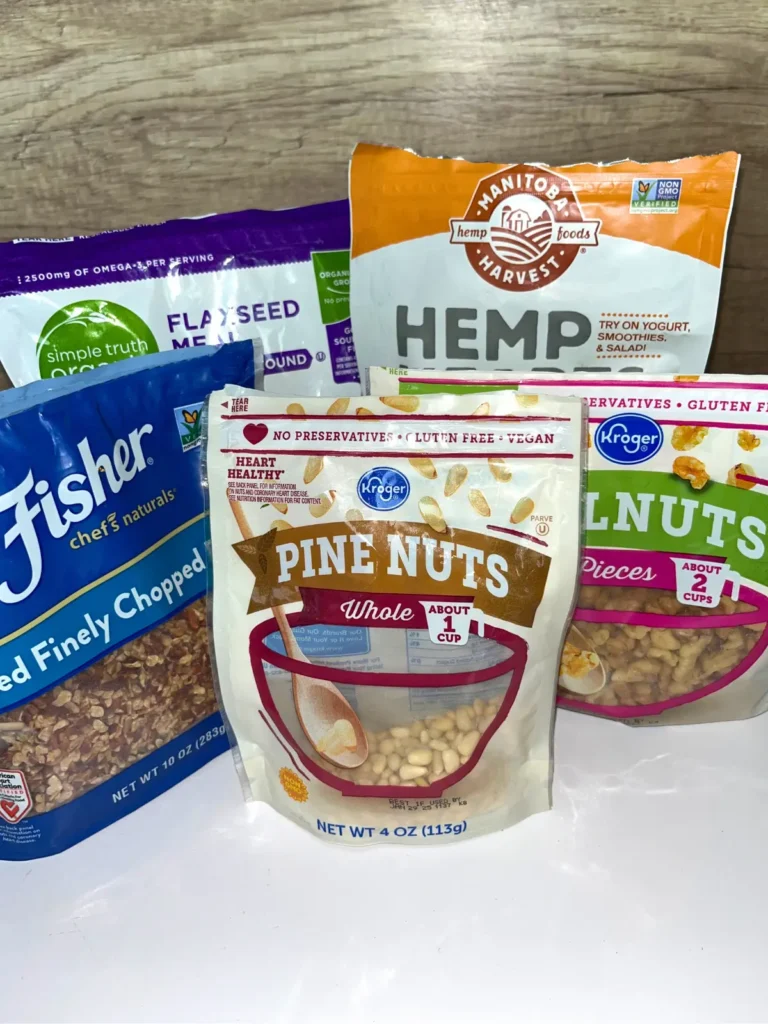
The various options of nuts and seeds provide some healthy fats, protein, fiber and anti-oxidants. Below is a nutritional comparison of different options.
Hemp Hearts
I’ve compared all the nuts and seeds: shelled hemp hearts come out on top in terms of protein content. Just 3 tablespoons provide 10 grams of protein plus they’re rich in omega-3 fatty acids. They add a little texture and nutty flavor to meals.
Sprinkle these little guys on just about anything for some extra protein and nutrients! They are especially helpful to increase protein consumption at breakfast (in my opinion).
Nuts
A 1/4 cup of walnuts provides 5 grams of protein and will add a little crunch to any dish. Peanuts actually have the highest protein content compared to most other nuts, with 7 grams of protein per serving.
Peanut Butter or Nut Butter
Nut butters are an excellent plant-based protein source with about 7 grams of protein per two tablespoons. For a simple breakfast or snack, sprinkle some peanut butter toast with hemp hearts for a quick and easy high protein idea!
Protein Rich Vegetables
Vegetables are not typically considered to be high in protein. However, there are a few that have a higher protein content as compared to other vegetables.
Peas, for example, have 8 grams of protein per 1 cup. Cooked spinach contains 6 grams of protein in 1 cup – but keep in mind that is a lot of spinach! A medium sized avocado has about 3 grams of protein.
Beans
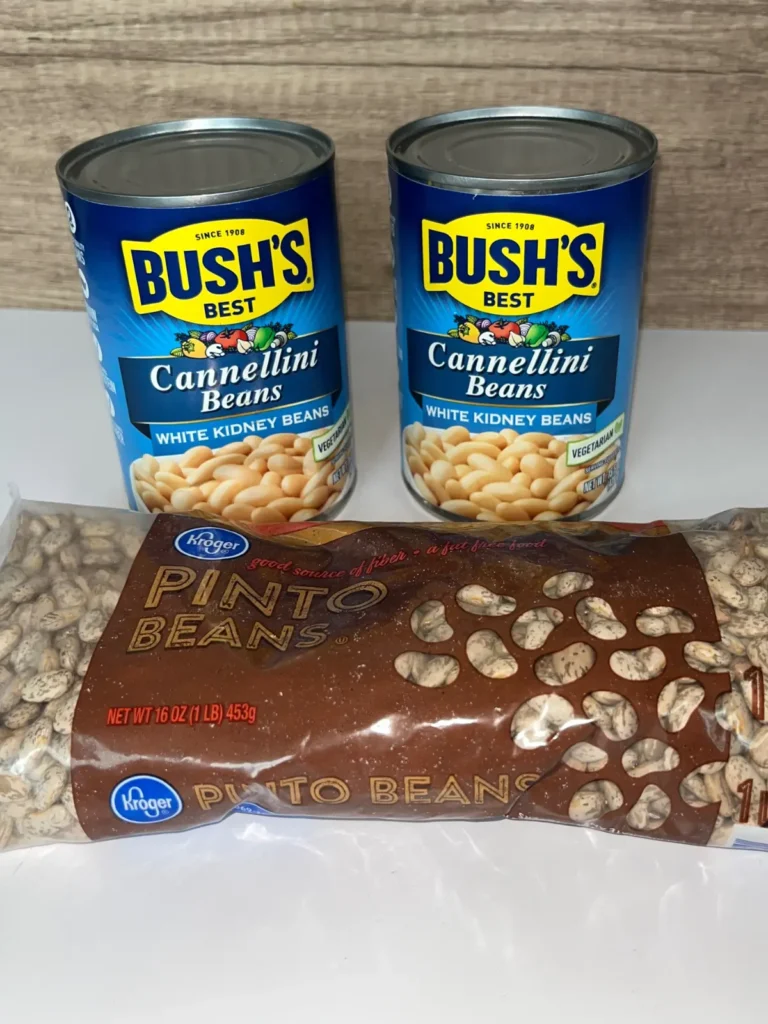
Beans are one of my favorite ways to increase the protein and fiber consumption! I even created an entire post on All the Best Ways to Use Beans with recipe ideas. A 1/2 cup serving of beans provides anywhere from 80-110 calories, 6-7 grams of protein and 7-8 grams of fiber. This can include lentils, edamame, chickpeas, cannellini beans, black beans and lima beans.
Yes, some may experience gas when consuming beans. However, this is usually because it is recommended to start low and go slow when increasing fiber intake. Once your body is more accustomed to it, those digestive symptoms aren’t as common.
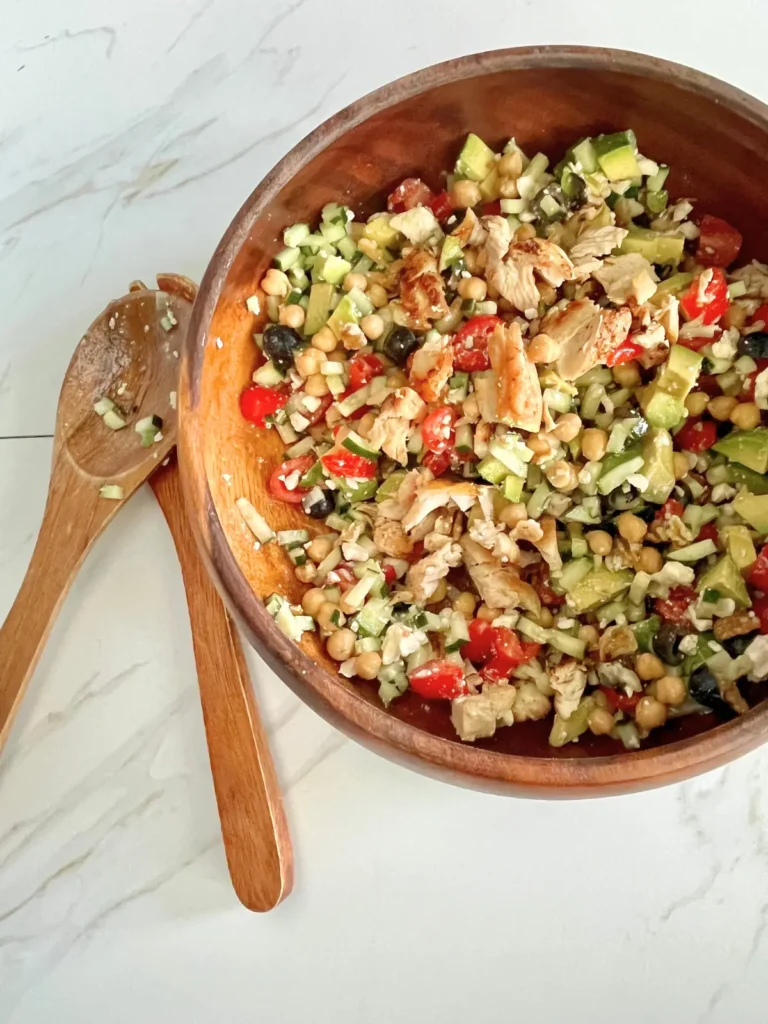
I always try to add a 1/2 cup of beans to my meals when it makes sense. Many of the recipes I have created involve beans, like the Mediterranean Chicken Salad shown above, Mexican-Style Chili, and even this Savory Breakfast Quinoa Bake. Definitely add some beans to your breakfast!
Pasta ALternatives
Take a look at the table below for a comparison of different pasta alternatives. Some noodles have as much as 25 grams of protein per serving! Every time I eat a bowl of pasta with Barilla Protein Plus noodles, I feel very little guilt. I get some extra protein and fiber – even more so than a bowl of quinoa!
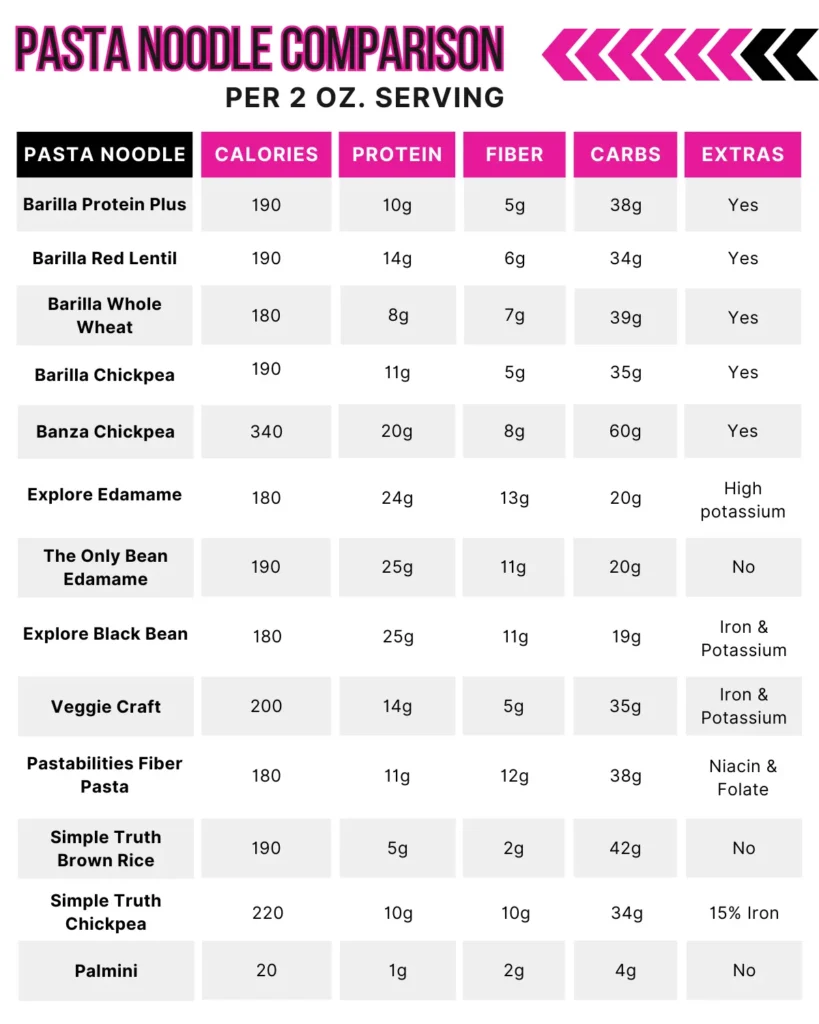
For more on my opinion of the taste/texture of some of these products, read my post on Comparing Pasta Alternatives.
Ancient Grains
One serving (about 1/2 cup) of quinoa provides 5 grams of additional protein. It is also considered a “complete protein”. Amaranth contains about 7 grams of protein for the same serving size. Rice, for comparison, has about 2 grams of protein!
It doesn’t sound like much but just a simple food swap like this can significantly increase overall protein intake. For example, take your typical chicken and rice bowl. Swap out the rice for quinoa and add a 1/2 cup of beans to add about 10 grams of additional protein without increasing an animal protein source.
Protein Powder
There is no denying the convenience of protein powder, with just one scoop typically containing at least 20 grams of protein. Protein powder can easily be incorporated into milk, smoothies, shakes, puddings and even baked goods.
If you aren’t a fan of protein shakes and smoothies, I’ve compiled a list of other options: 30+ Recipes Using Protein Powder. My number one tip when selecting a protein powder: make sure it is third-party tested! This means that a third-party organization has evaluated the product to ensure it contains what is actually listed on the nutrition label and is free of heavy metals.
I find that some protein powders have a gritty aftertaste. So, of course, make sure you like the flavor of the protein powder as well.
High Protein Recipe Ideas:
— Buffalo Chicken Crockpot Pasta {with Cottage Cheese}
— Berry Cheesecake Overnight Oats
— Butternut Squash Cottage Cheese Pasta
Plant-Based Alternatives
Last but not least, we have plant-based alternatives like tofu and tempeh. Tofu comes in various textures—from soft and silken to firm and extra-firm—making it incredibly versatile. A half-cup of firm tofu contains about 10 grams of protein. Marinate it, stir-fry it, or even scramble it as a substitute for eggs.
Tempeh is a fermented soy product with a nutty flavor and a firmer texture than tofu. It’s packed with around 15 grams of protein per half-cup serving. Try it in stir-fries, sandwiches, or even as a topping for salads.
I have nothing against eating meat but there is so much research that confirms eating more plant-based meals can promote weight management and overall health and well-being.
